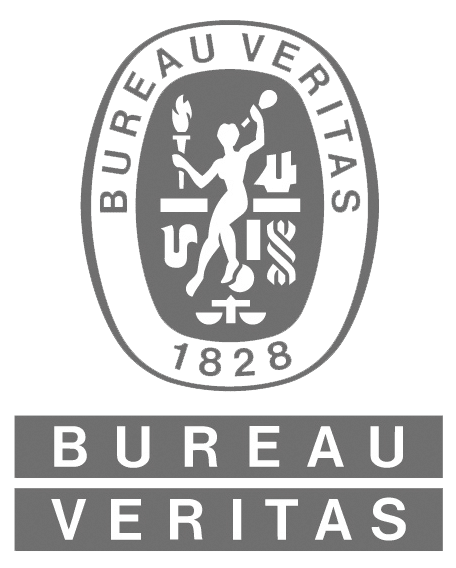Good oil sample processing requires having complete and accurate machine and lubricant information that will result in an accurate analysis of the test data and reliable maintenance recommendations.
Consistent Baseline Information Initial equipment registration is easily accomplished by furnishing the oil analysis laboratory with a consolidated equipment list based on a thorough survey of the machines and systems to be sampled, or by completing an individual registration form the first time each unit is sampled. In either case, the sampling point ID and current operating data is sent with each oil sample. To complete our oil sample processing forms and oil sample container labels completely and accurately, the following data is crucial for the laboratory to provide an accurate analysis of the test results and reliable maintenance recommendations:
- Unit ID – The Unit ID is a reference number for an entire unit. Examples include a company asset or inventory identification number or vehicle serial number.
- Unit Manufacturer & Model – Manufacturer & Model allows an analyst to identify specific component metallurgies and confirm wear metals present in the oil sample.
- Component – Component represents the type of oil-wetted system being sampled – engine, hydraulic, gearbox. Our forms also provide designations for common oil sampling positions – left, number 3, rear – or an actual description of the component’s use – fan drive, winch, swing – for clear, more precise identification.NOTE: In industrial applications, “unit” and “component” often refer to the same mechanical system. In these cases, the description
of the sampled system should be recorded as the “unit.” - Time Since New or Last Overhaul – Since normal wear rates change over the lifetime of a component and break-in may resemble abnormal wear, the operating hours or miles since the component was first put into service or since the last overhaul or rebuild can greatly affect interpretation of the oil analysis test results. This data may be obtained from the component’s service meter or from general operating records.
- Time Since Last Oil Change – This is the number of hours or miles of component use between the time the oil was last changed and the time the oil sample was taken and is essential to time-based trend analysis.
- Oil Type – The manufacturer, complete product name and viscosity grade for the oil sample is important for proper interpretation.
- Oil Consumption or Make-Up Oil – Complete oil changes should not be reported as make-up oil or identified as “new oil.” Consumption or make-up oil is the amount of oil added to maintain a correct oil-fill level in the sampled component.
An oil sample may not be processed immediately if the client name, unit and component identification or sample date are not provided with the oil sample. Having sampled the unit before does not ensure that the unit and component identifications match the information provided with previous oil samples submitted for that unit. Testing could be delayed until this information is obtained or the results may not be filed correctly with other samples from that unit. Any recent maintenance, changes in performance or unusual operating conditions pertaining to the unit should be included with the oil sample as well as any information collected during other routine maintenance and servicing activities
Program Personnel All personnel involved in implementing and maintaining an oil analysis program as part of any maintenance initiative should be trained on each of these important aspects which are vital to a program’s continued success:
- Taking representative oil samples
- Recording consistent, complete and accurate oil and component information for sample processing
- Sending oil samples to the laboratory as soon as they are collected
- Using any online data management tools provided by the laboratory for optimal equipment management and to achieve maximum machine performance and reliability
